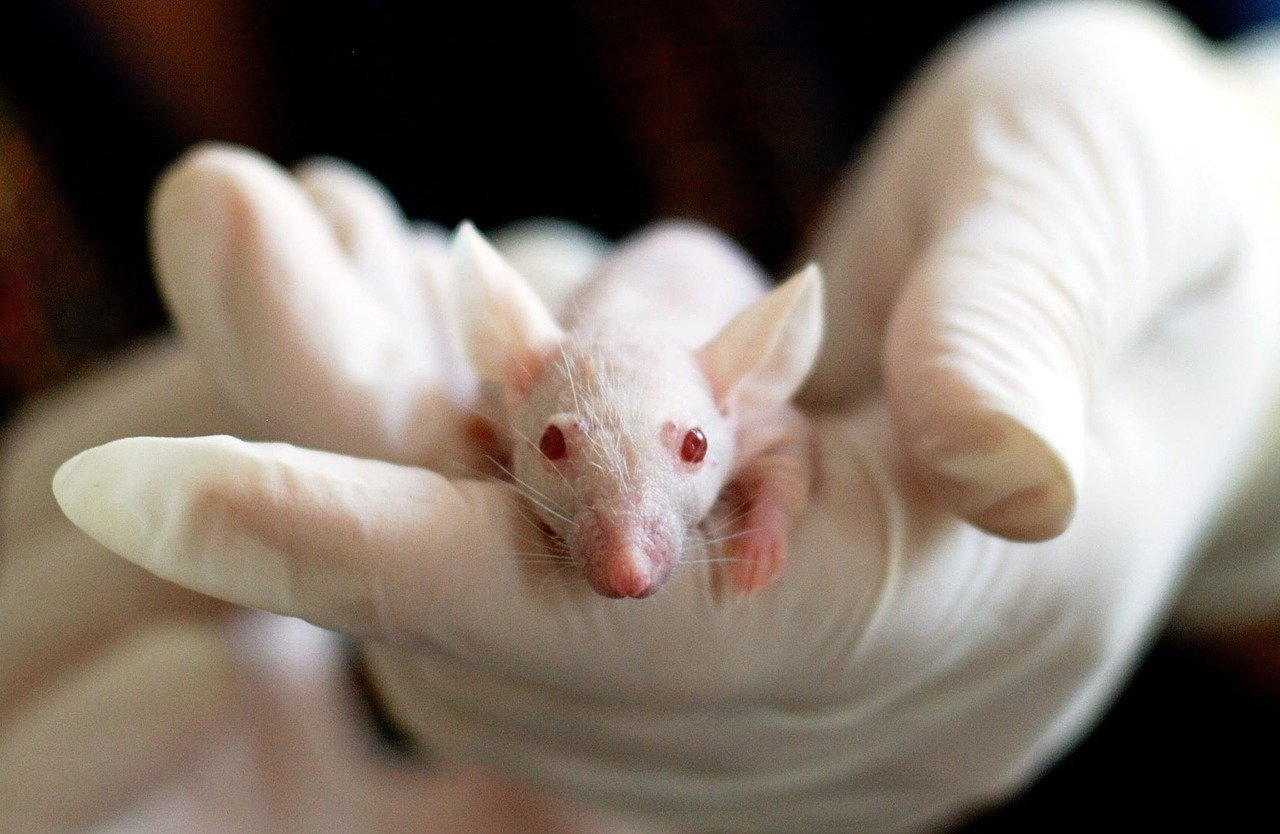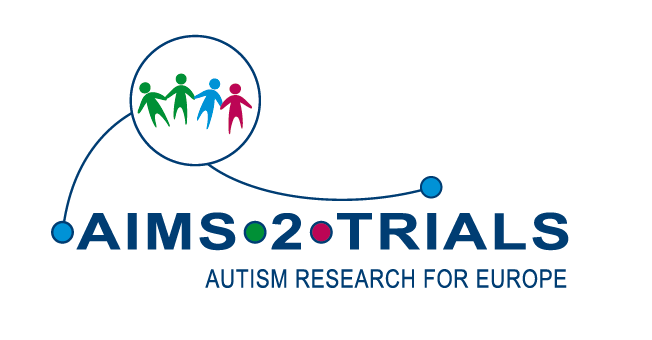
Using mouse models to understand sensory difficulties
Many autistic people experience sensory information – such as touch, vision, sound, taste and smell – differently to non-autistic people. There is increasing awareness that these sensory issues can be a distressing aspect of autism that some people may seek help with. In order to develop treatment options, we will need a better understanding of exactly how autistic people’s brains process sensory information differently. It is also possible that sensory issues contribute to development of repetitive behaviours and thinking styles characteristic of autism, so understanding the sensory issues may also help understand these other aspects of autism.
To explore these issues, researchers will breed mice with mutations in one of three genes that are known to play a role in autism and that affect how the brain processes sensory information: Nrxn1, Tsc2 and Shank3. Neurexin1 plays a role in cell-to-cell connections and communication. Changes in this gene contribute to autism in some autistic people. Changes in the other two genes cause neurodevelopmental conditions in which people commonly develop autism: changes in TSC2 cause tuberous sclerosis and affect brain cells that typically coordinate activity of neighbouring cells; changes in SHANK3 cause Phelan McDermid Syndrome.
Note: Scientific convention is to use italics when referring to genes and to also capitalise when referring to humans
‘Mouse models of autism’
It may sound strange, but mice with mutations in these genes typically show repetitive patterns of movement and reduced interest in other mice. They also display a cognitive style that focuses on details and favours routine. Because the mice have both genetic mutations linked with autism and display behaviours that are in some ways similar to those of some autistic people, they are referred to as ‘mouse models of autism’. Studying them can help researchers learn more about the biology of autism, including identifying biological markers to indicate which brain cells or circuits are important for particular behaviours and thinking styles.
We can measure aspects of mice brain biology that can’t be measured in humans
In the study, mice are bred to have changes in the genes mentioned above. When they are 6 and 12 weeks old – the human equivalent of early adolescence and adulthood respectively – researchers will measure their sensory responses, behaviours and cognition. Measures of how a mouse brain processes a touch on its whiskers or lights being turned on and off will be captured by recording the brain’s electrical activity. This harmless technique, which is often used in humans, is called electroencephalography (EEG) and involves placing small sensors on the mouse’s scalp. These findings of brain activity will be linked with video analysis of each mouse as it moves around in new surroundings, such as in a maze or during interactions with other mice.
As well as overall brain activity, the researchers will look in detail at the brain’s cells and internal wiring. In mice, unlike in people, researchers can use techniques that directly measure these areas while the mouse performs a particular task or behaviour. This allows researchers to see exactly how individual cells respond to sensory stimuli such as touches to their whiskers, and whether this differs between mice that bred to be models of autism and typically-developed mice.
Future research can build on these results to develop treatment for those who want it
When this research is complete, researchers will understand more about how autistic brains process sensory information differently to non-autistic brains. They will be able to consider whether there are ways to improve or minimise these differences, potentially leading to treatments for those who want them.
Principal Investigators
Martien Kas, University of Groningen
Peter Scheiffele, University of Basel
Oscar Marin, King’s College London
Beatriz Rico, King’s College London
Tobias Boeckers, Universität Ulm
Why use animals in our research?
The global consensus among scientists is that some research using animals is vital for progress in biology and healthcare. This is because it is not always possible to model the complexity of a living body in other ways. Research that uses animals gives unique insights into the living body as a whole. It also allows scientists to control factors that affect the experiment and that cannot be controlled precisely in human volunteers.
Only used where unavoidable
We use animals only when it is considered unavoidable because no other research technique can answer the scientific question. However, we adhere to the principles of the 3 Rs: to replace, refine and reduce the use of animals.
High standards of animal welfare
High standards of welfare are central to all of our animal research. Our studies are regulated strictly by laws and regulations across Europe and within each country where the research takes place. We are committed to communicating clearly and openly about all of our research.
Why are mice relevant to autism?
It may sound strange, but mice with mutations in certain genes related to autism typically show repetitive patterns of movement and reduced interest in other mice. They also display a cognitive style that focuses on details and favours routine. Because the mice have both genetic mutations linked with autism and display behaviours that are in some ways similar to those of some autistic people, they are referred to as ‘mouse models of autism’. Studying them can help researchers learn more about the biology of autism, including identifying biological markers to indicate which brain cells or circuits are important for particular behaviours and thinking styles.








